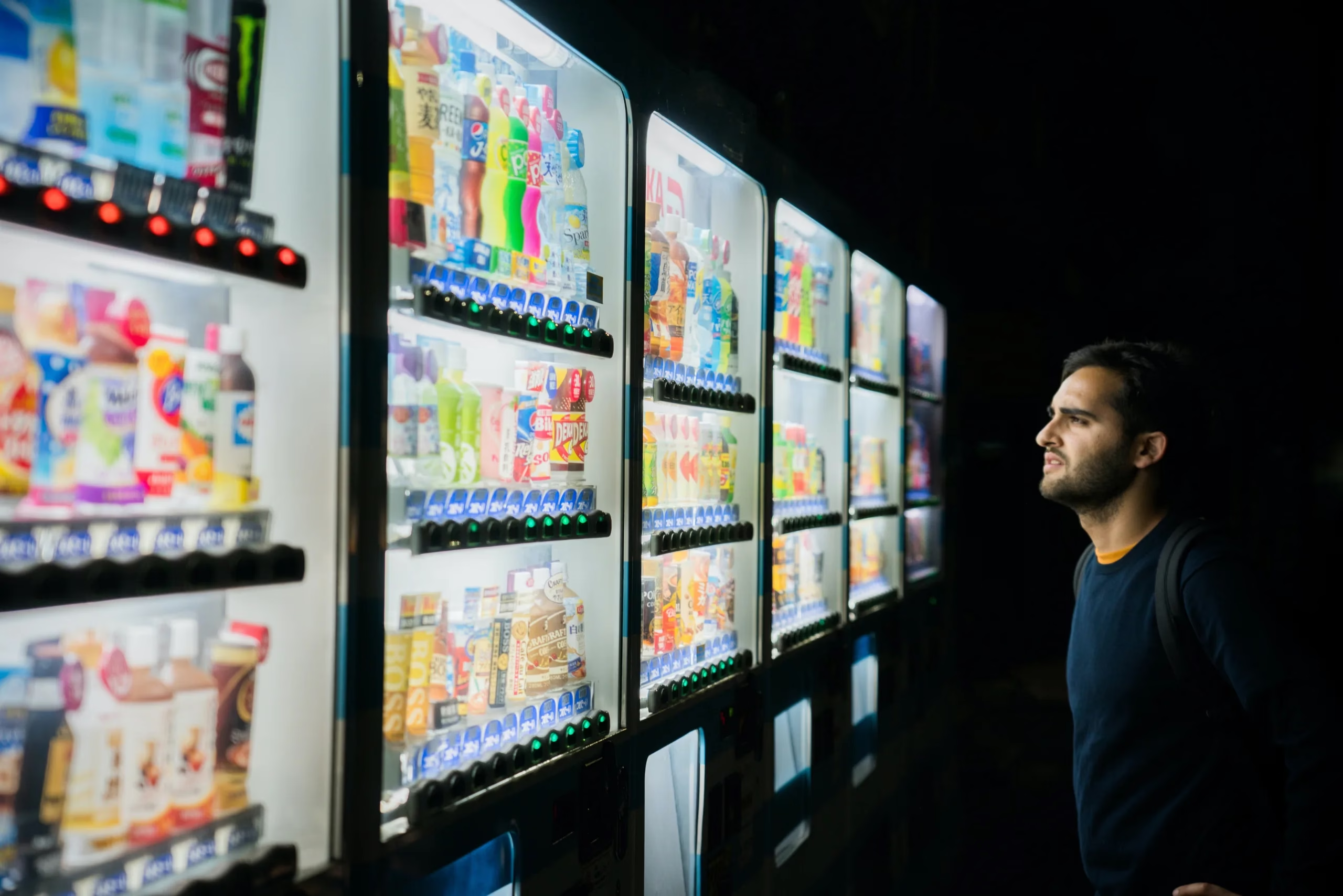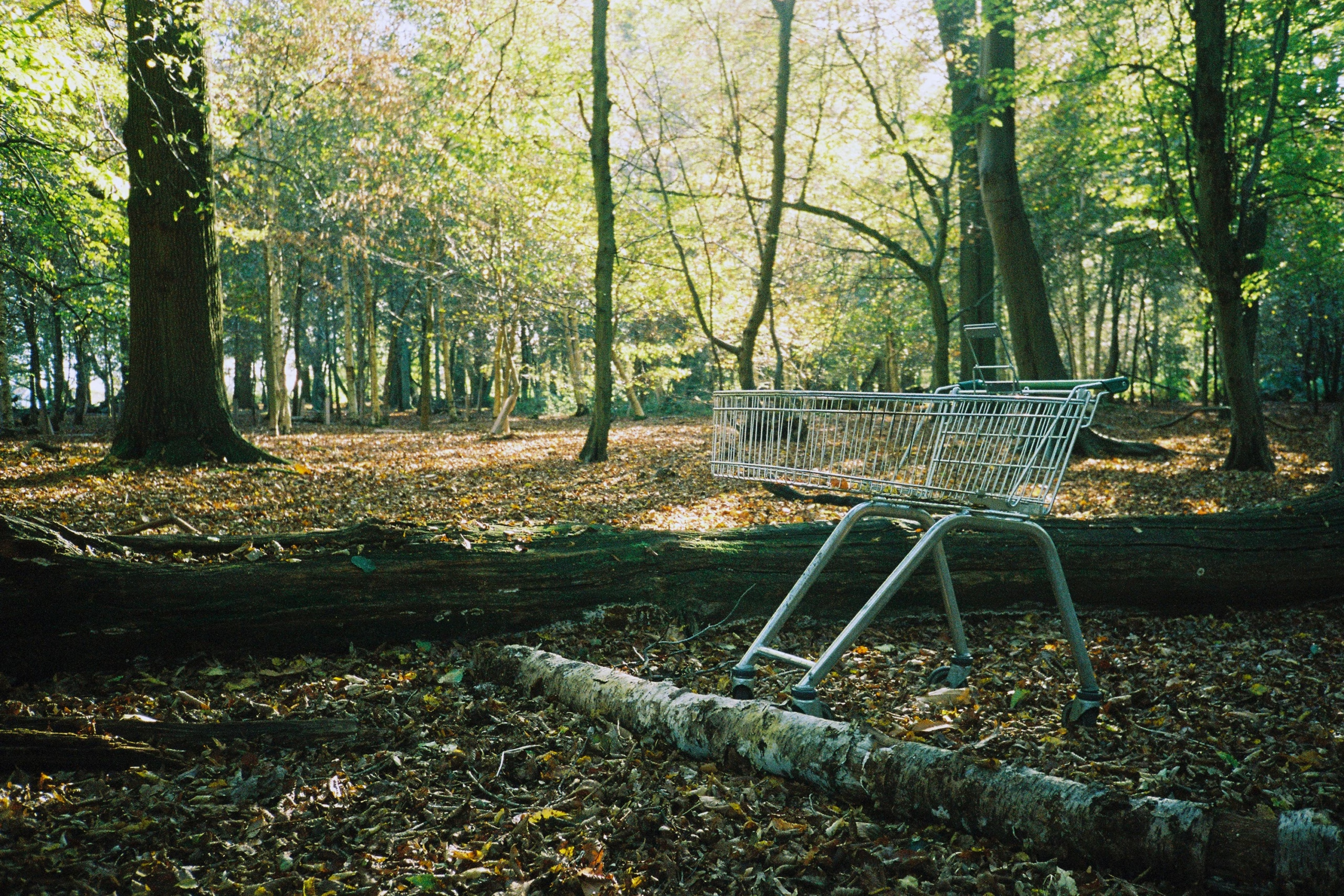Aluminum Recycling Nearby
When was the last time you returned an aluminum can or a glass bottle to a store or recycling center to collect the five- or ten-cent deposit you paid at checkout? If you can’t remember how long it’s been, you’re not alone. For one thing, only nine states and Puerto Rico offer such an option. If you live anywhere else, you’d never know such an incentive exists. Where they are in place, people are losing interest because of the diminishing value of the rebate, the inconvenience of returning the containers, and a growing patchwork of rules that confuse consumers about what’s even returnable.
Luckily, a digital, smartphone-based system that could solve this entire problem in one broad stroke is being tested in Europe where redemption programs already are popular and helping boost overall recycling rates. To greatly improve its resource recovery rate and support a range of climate-friendly goals, the United States should launch a national incentive and redemption system as well.
Container Deposit System
A challenge for U.S. consumers is the multiple layers of complexity in each state’s system. Not all beverage containers carry a return deposit and not all stores accept returns – which means having to find an alternative location to drop off returns. If you sort that part out, you’re now faced with rebates that are largely unchanged from when the programs began 40 years ago and their adjusted value was about four times higher.
In short, people have to scrutinize their packaging, gather the correct containers and bring them to a collection site, wait to be checked out, and then pocket a couple dollars for the effort. Not quite the frictionless system we’ve grown accustomed to in other parts of our consumer lives.
Aluminum Return Options
In Europe, the system that’s quickly gaining traction – Digital Deposit Redemption Scheme (DDRS), allows people to use their smartphone to simply scan the barcode on the container to trigger a cash redemption in their account. Once the return fee is credited to them, the barcode can no longer provide a rebate. The consumer then puts the container into their home recycling bin and it’s handled through their usual collection system – no storing, hauling or waiting required.
With this system, scanning a small number of containers as they get tossed away greatly simplifies the process and makes it easy to distinguish between what is, and is not, returnable. Imagine if you could simply pull your phone from your pocket, scan a label before you toss it, and secure your refund – or perhaps assign the task to a kid who gets to keep the money.
Aluminum Recycling Process
On the other end of the spectrum, we have our domestic system where it’s not always clear which containers have a value. In Massachusetts, just 40% of beverage containers carry a redemption value whereas in Maine it’s 92%. There are so many exceptions to what’s returnable, it’s easy to see why people might throw up their hands: beer but not wine, wine but not wine coolers – it can be a maze.
In Michigan, participation rates have fallen from 66% in 2013 to 38% today, and California went from 74% to 60% today. Only New York and Oregon have gone up, from 62% and 71% to 70% and 81%, respectively.
Throttled Refund Rates
What hasn’t changed much, unfortunately, are the cash redemption payments that remain stuck at the same $0.05-$0.10 range of the 1980s. Had they been designed to adjust for inflation, the amounts would be almost four times higher now at around $0.20-$0.40. Looked at another way, today’s redemption values are about one-quarter of the original intent. There’s little incentive for busy consumers to make the effort.
Aluminum Recycling Rates
A national digital return system would spur a substantial increase in the amount of recyclable material collected in the United States. Allowing people to scan their purchases as they put them away, as they drink them, as they dispose of them – at any point – would greatly expand participation. Once scanned, the cumbersome task of returning bulky cans and bottles could be left to municipal collection systems that already blanket the country.
Despite the system’s failings, evidence shows that states with some sort of redemption program surpass non-redemption states in their collections. Michigan, with the lowest-performing redemption program, has a deposit return rate that’s almost 50% higher than the national average of 24%. If every region boosted its results by 50%, we would recapture substantially more post-consumer aluminum. Bear in mind, that’s not the overall recycling rate – just the rate of people turning in containers for the deposit money. In the U.S., about 65% of aluminum containers are recycled annually – a bit behind the 76% rate worldwide.
As we strive to reclaim more of the recyclable resources in our closed-loop system, encouraging consumers to make sure their high-value recyclables are collected and reused is a top priority. Aluminum, with its high economic value and near-infinite reusability, is like a reward just waiting in every refrigerator and pantry to be returned and enjoyed again.




